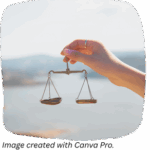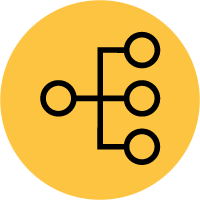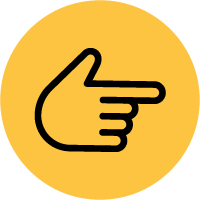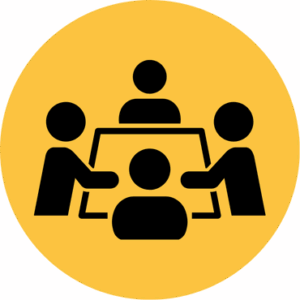BE THE CHANGE YOU WANT TO SEE!
Teacher / Professional Agency

„You can do anything, but you cannot do everything.“
David Allen
This learning module gives you an overview of how we can implement different strategies in order to balance our work life and personal life.
 This module will help you
This module will help you
 This module will help you
This module will help you
- understand the importance of work-life balance for physical, emotional, and professional well-being, recognizing how imbalance can impact productivity and health.
- evaluate personal work-life balance levels using self-assessment tools such as the Perceived Stress Scale and the Copenhagen Burnout Inventory to identify areas for improvement.
- learn effective time management strategies through techniques like the Eisenhower Matrix, the use of digital tools (Notion, Trello, Asana), and information organization with the “Second Brain” method.
- develop self-reflection and self-management skills, analyzing time thieves, work habits, and daily planning to optimize performance without compromising personal well-being.
- apply burnout prevention strategies by identifying early symptoms and implementing stress management techniques, mindfulness practices, and active breaks.
- design a personalized action plan to improve work-life balance by setting realistic and sustainable goals.
- understand the importance of work-life balance for physical, emotional, and professional well-being, recognizing how imbalance can impact productivity and health.
- evaluate personal work-life balance levels using self-assessment tools such as the Perceived Stress Scale and the Copenhagen Burnout Inventory to identify areas for improvement.
- learn effective time management strategies through techniques like the Eisenhower Matrix, the use of digital tools (Notion, Trello, Asana), and information organization with the “Second Brain” method.
- develop self-reflection and self-management skills, analyzing time thieves, work habits, and daily planning to optimize performance without compromising personal well-being.
- apply burnout prevention strategies by identifying early symptoms and implementing stress management techniques, mindfulness practices, and active breaks.
- design a personalized action plan to improve work-life balance by setting realistic and sustainable goals.
 Tips for reflection & documentation
Tips for reflection & documentation
 Tips for reflection & documentation
Tips for reflection & documentationWhether you are working on this module individually or in a group, you will encounter several reflection and transfer questions.
 For individual learners, we recommend you
For individual learners, we recommend you
- find a designated space where you collect your key ideas and findings: a notebook, a digital tool (i.e. Padlet, Miro, OneNote, …), etc.
- if you know of a colleague who completed the same modules like you, find an opportunity to meet up and share your results with each other!
 For groups, we recommend you
For groups, we recommend you
- set up an Idea Hub – for example, a white board, a poster, a table, a digital pinboard (i.e. Padlet, Miro), where you collect key ideas and findings
- decide for yourselves whether, after completing the module, the Idea Hub is meant for your group’s eyes only or if you would like to share or even present your work and experience (e.g. in the teacher’s lounge, during a conference, etc.)!
Funded by the European Union. Views and opinions expressed are however those of the author(s) only and do not necessarily reflect those of the European Union or the European Education and Culture Executive Agency (EACEA). Neither the European Union nor EACEA can be held responsible for them.
